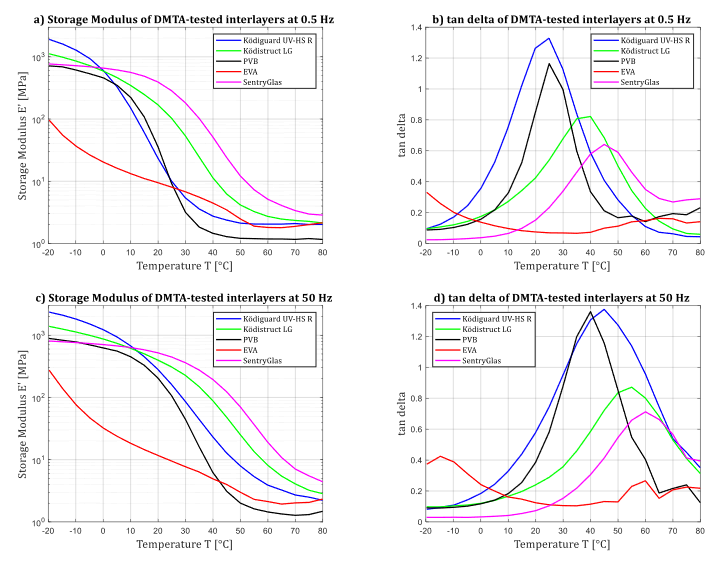Mechanical Performance of Liquid Cold-Poured Interlayer Adhesives in Comparison to PVB, EVA and Ionomers

Abstract
Currently, liquid cold-poured adhesives are infrequently used as interlayers of laminated or laminated safety glass in structural glass applications, despite their inherent benefits. The potential advantages of these materials are characterized by easy handling, rapid curing devoid of elevated temperature or pressure requirements, and consequently, a comparatively low energy demand. Despite the prolonged availability of certain products in the market, comprehensive scientific inquiry into their mechanical and thermal material characteristics remains limited. In this paper, two specific liquid cold-poured interlayer adhesives are investigated for their mechanical material properties in an extensive test regime. To be able to classify the characteristic values of the adhesives within a correct framework, the materials currently holding the largest market share, including Polyvinyl Butyral (PVB), Ionomers, and Ethylenvinylacetate (EVA), are also subjected to the experimental program. The temperature dependence of the material behavior is explored through Dynamic Mechanical Thermal Analysis (DMTA) experiments. Furthermore, the time-dependent material behavior at large deformations is scrutinized using various methodologies, such as tensile tests at different strain rates, cyclic tests, creep tests, and relaxation tests, all conducted in uniaxial tension mode. The outcomes of all tests led to promising results for one of the adhesives with advantages over those of PVB and EVA.
Published
Issue
Section
Laminated Glass & Interlayer Properties
License
Copyright (c) 2024 Dominik Offereins, Alexander Pauli, Geralt Siebert

This work is licensed under a Creative Commons Attribution 4.0 International License.



